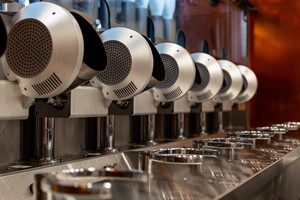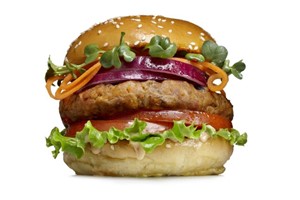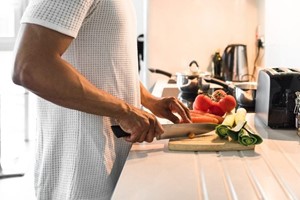For any F&B brand, cooking consistency is key to win a loyal customer base and automation enables just that
Since the pandemic, the restaurant industry has been forced to up its game to ensure business continuity. Commercial kitchens are today adopting digital advancements faster than ever.
Be it a robotic arm that flips pizzas or serves or robots that take accurate measurements of ingredients, automation has resolved the biggest challenge faced by the food industry since time immemorial, which is the standardization of taste, temperature and quality.
Consistency is key in cooking and automation enables just that. Startups in the space are now making investments in technology to ensure they build a loyal customer base.
Processes That Are Automated In the Kitchen
Food and beverage (F&B) startups have shifted to kitchen automation in various aspects. Karan Tanna, founder CEO, Ghost Kitchens India, shares an example. “We have an equipment which can be compared to induction, it is used for Chinese and Indian gravies. The screen on the equipment shows us the recipes of the particular product and the manpower on the station just needs to add the ingredients one after the other. The equipment will do the cooking on its own at prescribed temperature and time.”
The startup has also shifted to automation for dosa, fryer, burgers as well as regeneration of frozen patties and parathas.
Bengaluru-based Mukunda Foods focuses on automating repetitive but complex cooking processes such as heat control, tossing, stirring, puffing, spreading, rolling, mixing, etc. “Since we have perfected automation for these steps, we assemble them based on what cuisine needs to be automated,” said Eshwar K. Vikas, co-founder and CEO Mukunda Foods.
The company uses an automatic griller i.e. E-Pan for cooking flatbreads evenly or grilling perfect patties and kebab which is a challenge for restaurants. “Especially when many cloud kitchens rely on the back end, the oil must be used appropriately, the temperature needs to be changed from time to time so that it can be cooked well from both sides. The automated heat technology of our machine ensures that the food is neither over nor undercooked,” Vikas added. Most importantly, the operator doesn’t need to flip the food since it’s getting cooked from both sides simultaneously, hence you save 50 per cent of turnaround time.
So, precisely, the operator needs to select the recipe in the machine, place food in the pan and continue working with another task. Once a dish such as a parantha is cooked, the automatic food ejector will push it into the food tray, and it is ready to serve.
Many B2B startups such as peAR, an augmented reality-based in-restaurant ordering company, are helping restaurants set and automate many processes to reach and serve maximum restaurant partners. These technologies and processes are built in a way that they can be scaled across India. “For instance, instead of reading a paper-based menu and ordering, peAR uses AR to make menus more visually appealing and changing the habit of viewing the menu and then ordering. We focus on increasing revenue of a restaurant by pulling more users to our restaurant partners, upselling new users,” said Parth Vora, founder, peAR.
Restaurants can also convert their entire menu in 3D and AR by themselves. Users scan a QR code placed on all the tables of any peAR restaurant partner and can watch the entire menu of the restaurant in 3D and AR (augmented reality) live on their table even before ordering.
Cost And Time Reduction And Other Benefits
The biggest advantage of automation is standardization and hence better customer experience. With better customer experience companies can increase sales and hence the profit. “While the equipment is cooking the food, the manpower is free to operate other machines or cook other things which means that lesser manpower is required just waiting for items to be cooked. For example: when we have to make noodles, we have to put sauce, noodles, vegetables in the heated induction and it will automatically cook in 3 minutes,” said Tanna.
This helps restaurant staff to multitask. “During these 3 minutes, the manpower is free to work on other things, which helps us to avoid more manpower in the kitchen. However, the biggest advantage for us to use automation is the standardization of food and drastic increase in customer satisfaction, he added.
The major cost heads in any F&B business are manpower, training, electricity and oil consumption, and wastage. These automatons are aimed at reducing and minimizing each of these header costs. “For example, our automatic fryer helps reduce electricity and oil consumption by 25 per cent and manpower cost by more than 70 per cent, ensuring zero wastage. A brand can quickly achieve the ROI in one to two months. Similarly, finding skilled labor for Chinese Food is a challenge, and training them requires an investment of money and time. Our Automatic Wok, Wokie can be operated by anyone who can operate an android phone and accurately follows Chef’s recipe. This reduces the training cost to a minimum,” said Vikas.
He added that his team’s focus is on helping brands achieve food taste consistency while being operationally efficient.













